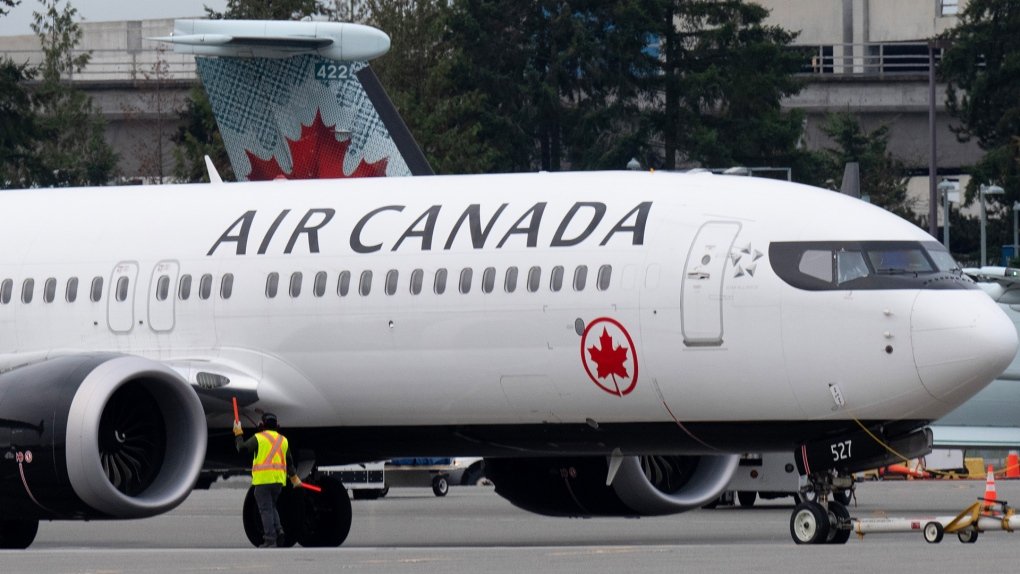The year 2024 has already brought notable events in the aviation world, marked by two major incidents within the first two weeks of January. A Japan Airlines jet collided with a Japanese Coast Guard plane on the runway at Haneda Airport in Tokyo, and an Alaska Airlines flight experienced explosive decompression, leading to the grounding of many 737 Max 9s worldwide. Despite these high-profile incidents, one positive aspect stands out – no airline passengers lost their lives, underscoring the efficacy of safety protocols and the importance of passenger preparedness in emergencies.
In the unfortunate event that passengers need to evacuate an airplane, here are four key insights from experts on what individuals should know:
- Leave Everything Behind:
- The unanimous advice from aviation experts is to leave personal belongings behind during an evacuation. Anthony Brickhouse, director of Embry-Riddle Aeronautical University’s Forensic Lab, emphasizes that seconds matter in evacuation, and any time spent retrieving items could be critical.
- Brickhouse highlights that taking belongings could create clutter and potentially damage the evacuation slide, jeopardizing its functionality. Observers of the Japan Airlines incident noted that passengers not taking their belongings likely contributed to the high survival rate.
- Sara Nelson, president of the Association of Flight Attendants, stresses the seriousness of this issue, noting that regulatory bodies worldwide emphasize the importance of leaving belongings behind in their inflight safety briefings.
- Listen to the Safety Briefing:
- Capt. Chesley “Sully” Sullenberger, renowned for his Hudson River landing, considers listening to the safety briefing as “cheap insurance” that equips passengers with knowledge to save their lives in an emergency.
- Nelson emphasizes that flight attendants prioritize passenger safety, making it crucial for individuals to pay attention to safety demonstrations. Spending a few minutes to focus on the briefing can provide valuable information for potential emergencies.
- Be Aware of Your Surroundings:
- Passengers are advised to familiarize themselves with the airplane layout, identifying the nearest exit and planning an evacuation route in their minds during every flight.
- Brickhouse recommends noting the location of emergency exits upon seating and minimizing distractions until the flight is well underway. Being aware of surroundings includes following flight attendant instructions during critical phases of the flight.
- Nelson emphasizes that actions like putting seatbacks up and tray tables away during preparations for landing contribute to making evacuations smoother in worst-case scenarios.
- Leave Shoes On for Takeoff and Landing:
- Recognizing takeoff and landing as the most critical phases of any flight, passengers are advised to keep their shoes on during these times. This precaution prepares individuals for potential emergencies during these phases.
- Nelson and Brickhouse concur on the importance of wearing shoes, citing incidents where passengers had to evacuate without them due to unexpected circumstances, emphasizing the need for practical outfit planning.
- Additional recommendations include carrying identification on one’s person, eating a meal before each flight for potential remote area situations, and being mindful of clothing choices for safety in case of fire incidents.
While these insights might evoke thoughts of worst-case scenarios, it is essential to reiterate that flying remains an extremely safe mode of travel. However, being prepared for unforeseen circumstances is a responsible approach. As Brickhouse concludes, passengers should take a moment to consider their personal safety, even if the prospect of a flight incident is unlikely.
Book Paris Trip
Paris sightseeing
Book Paris activities
Louvre museum paris
Paris limousine rental
Rolls Royce Paris
Eiffel Tower Paris
Airport Transfer Paris
Book Paris Taxi
Seine River Cruise
Wine Tasting Paris
Paris luxury hotels
Switzerland luxury hotels
Europe Car rental
Europe coach rental
Paris Limousine
Dior Paris
Beauvais Airport transfer
